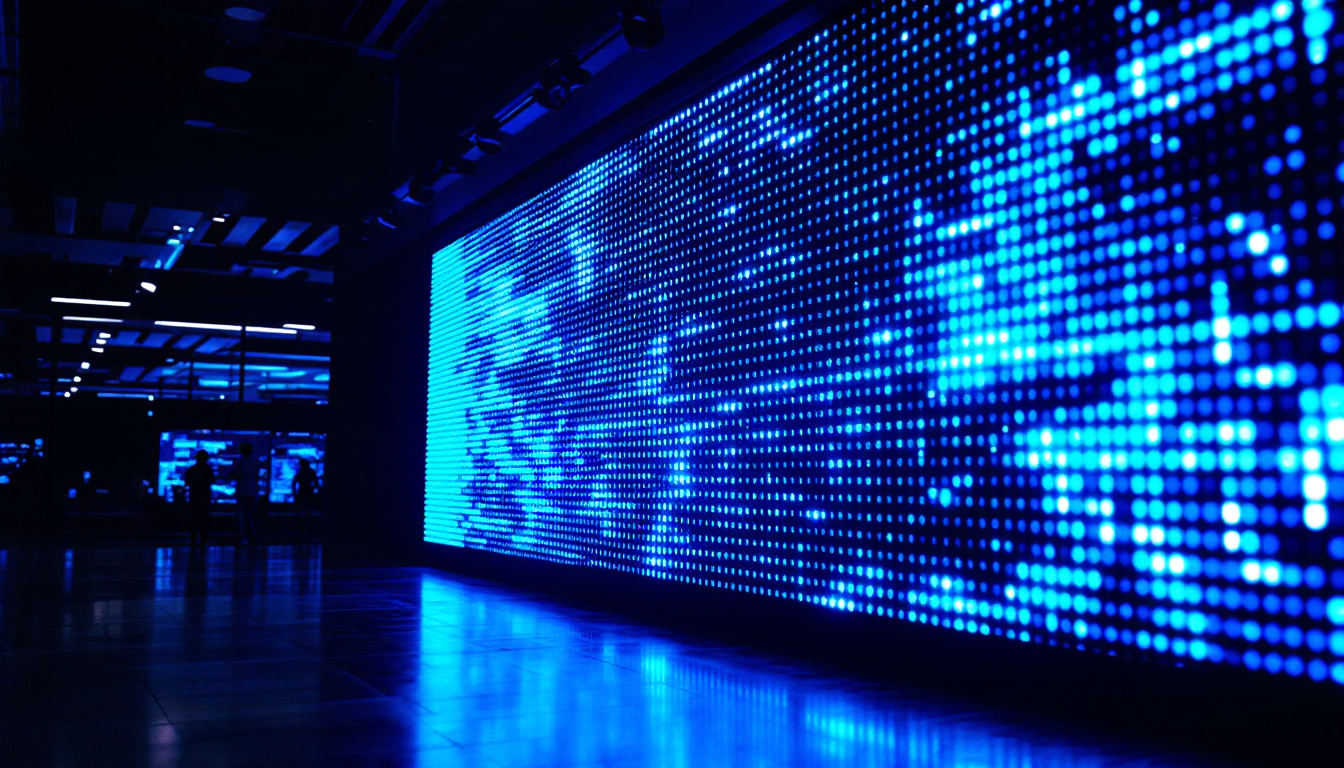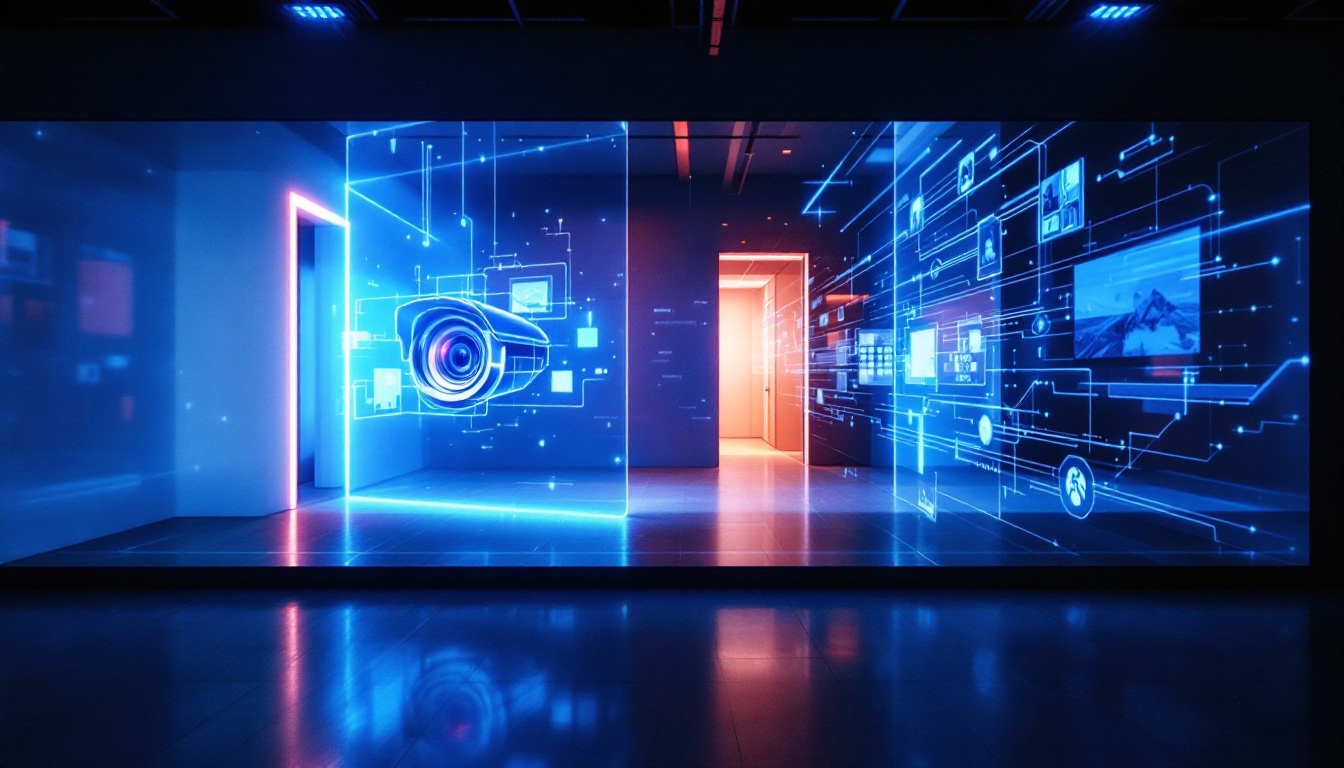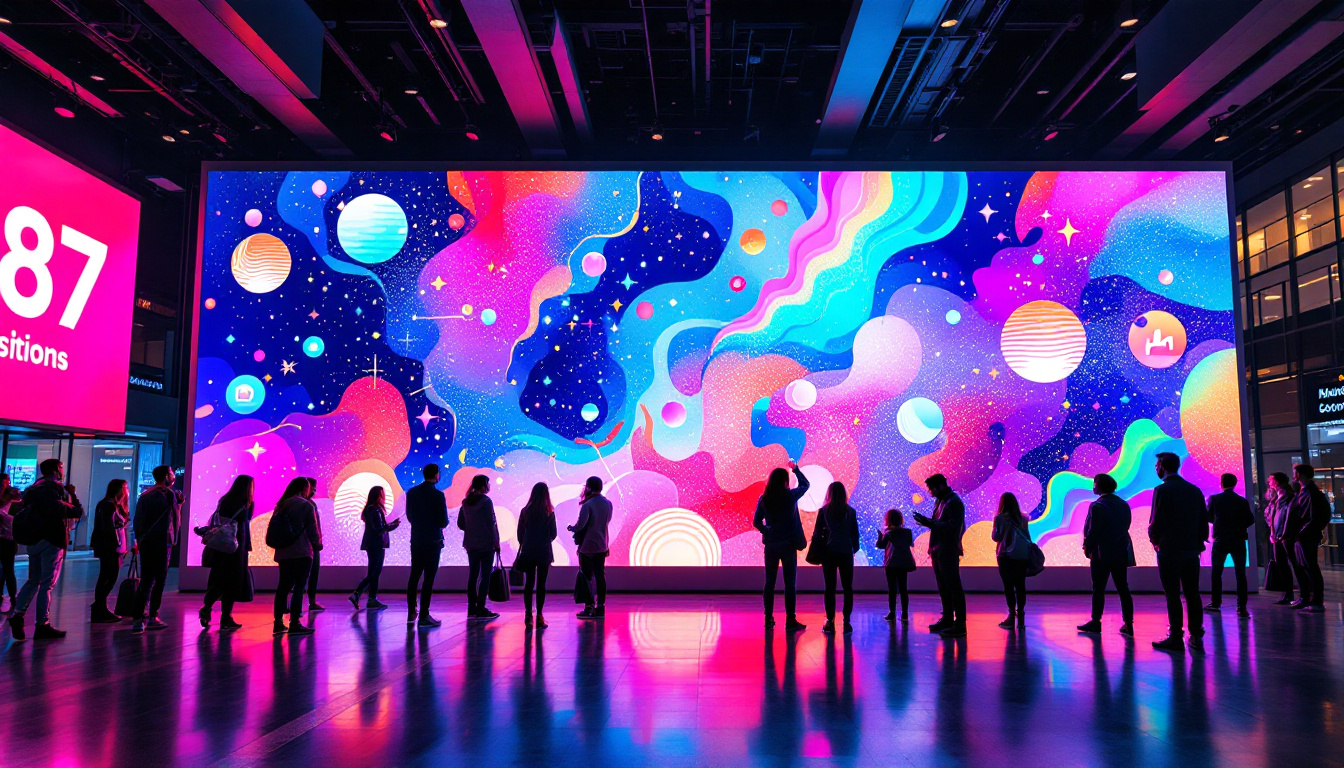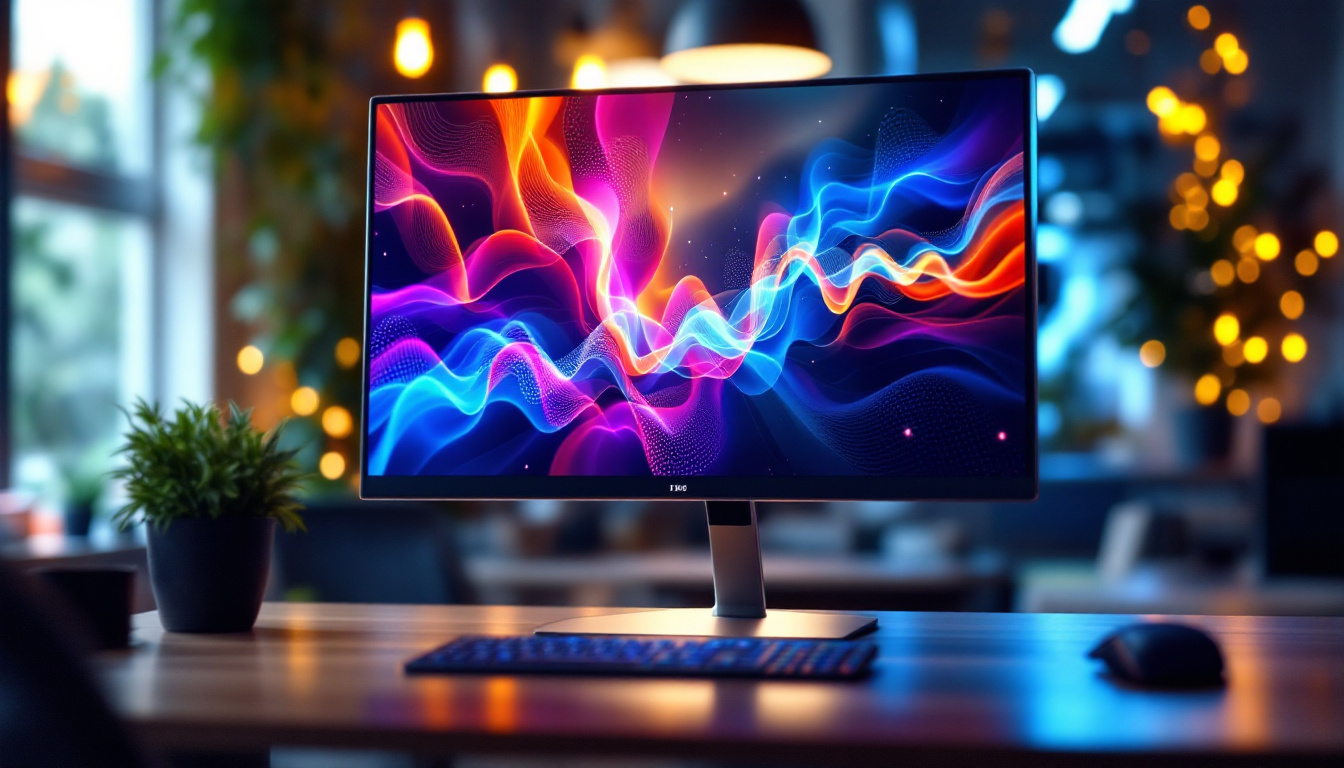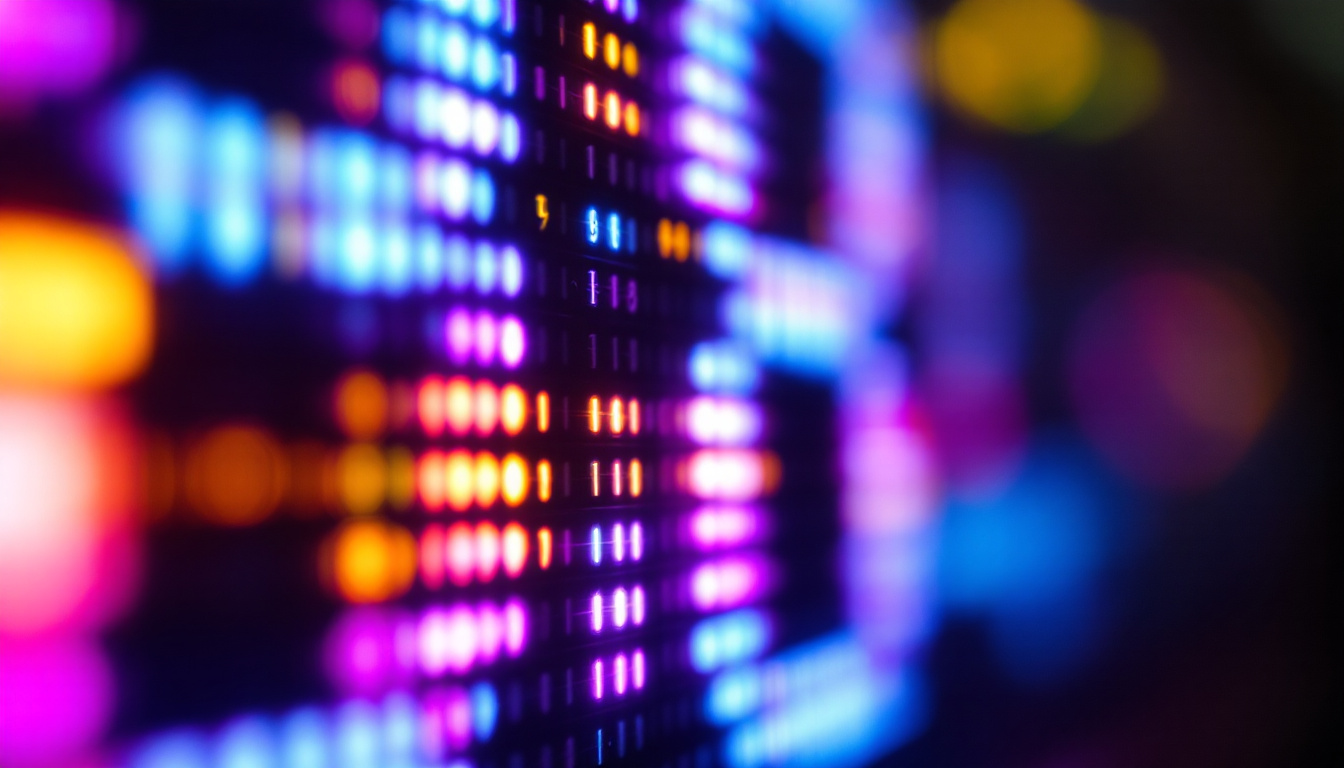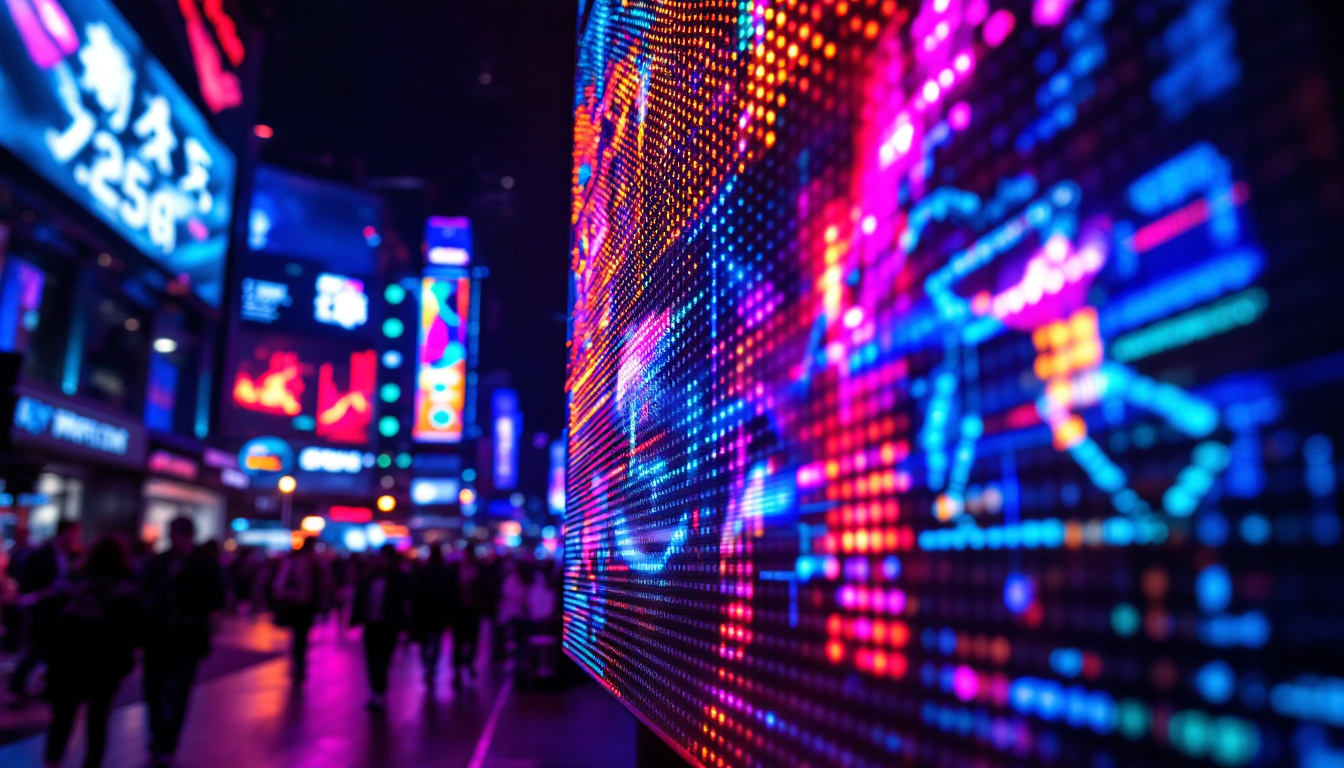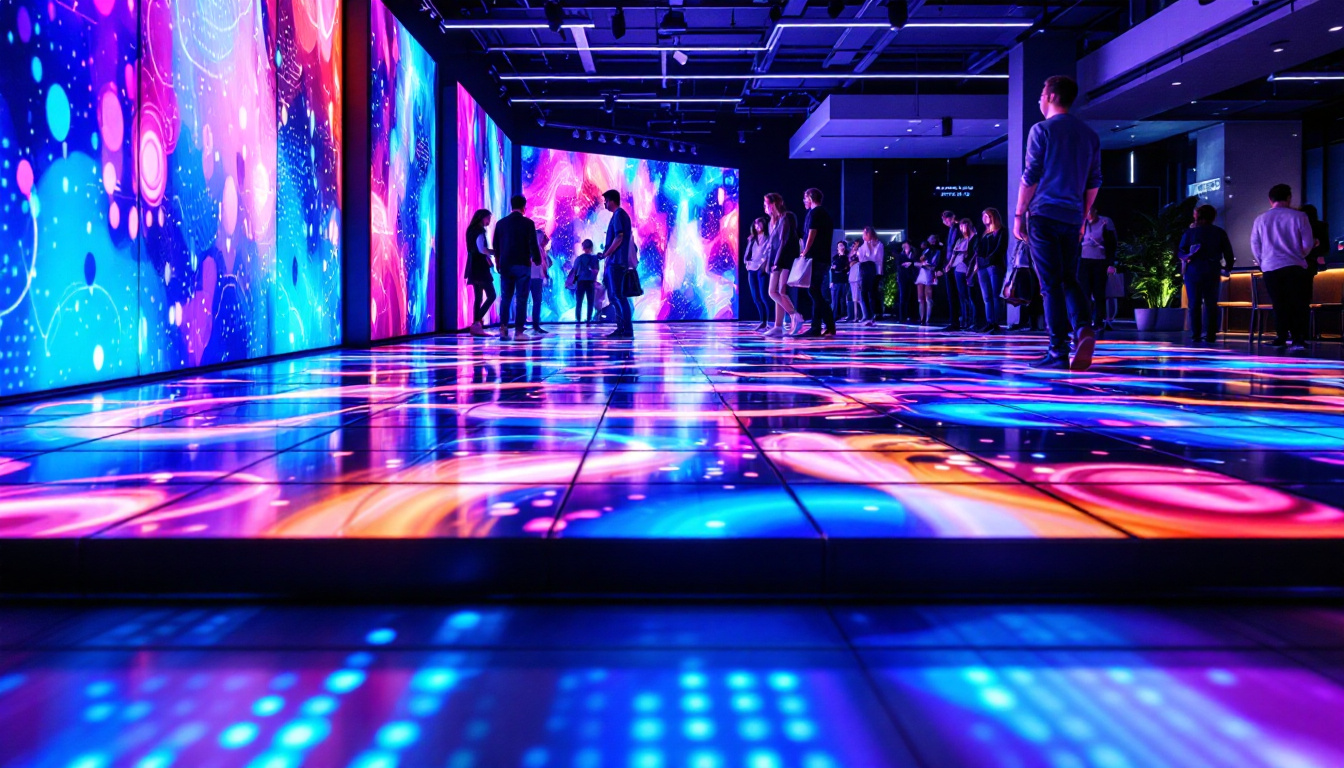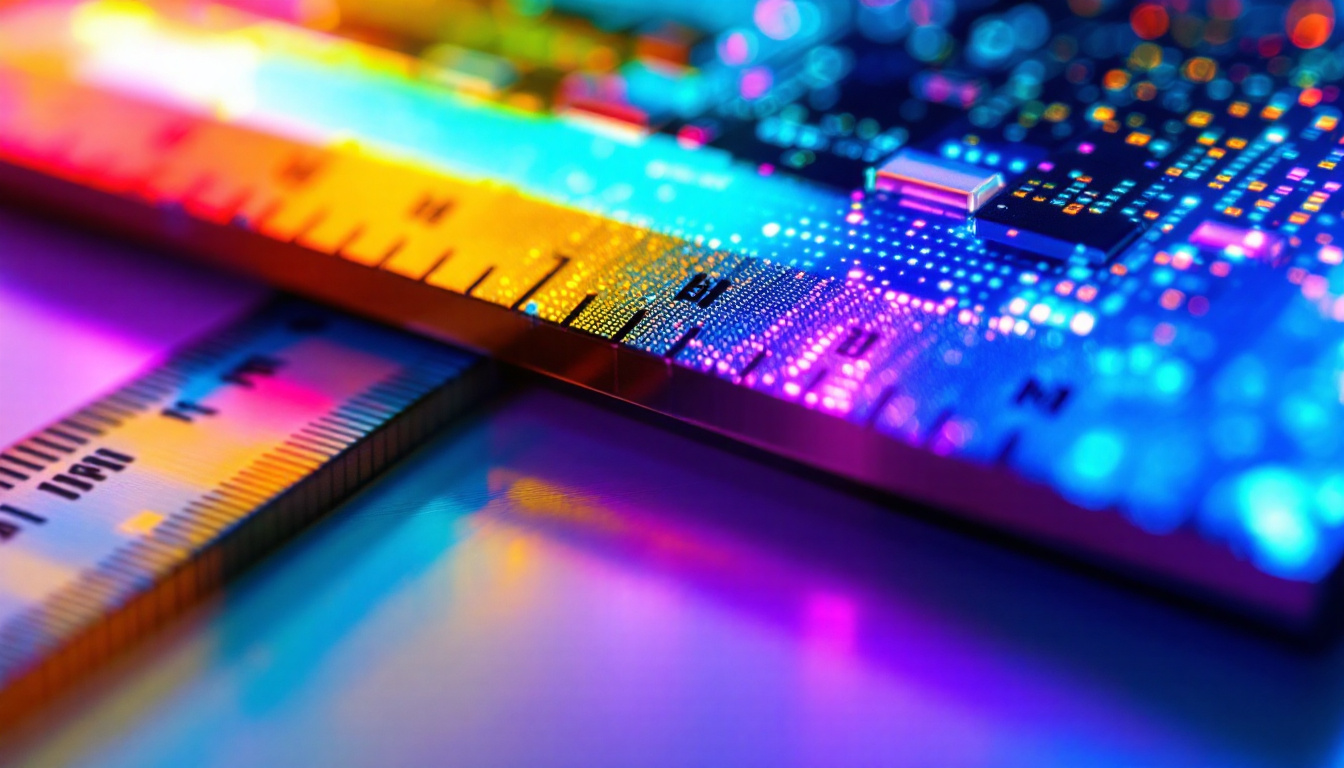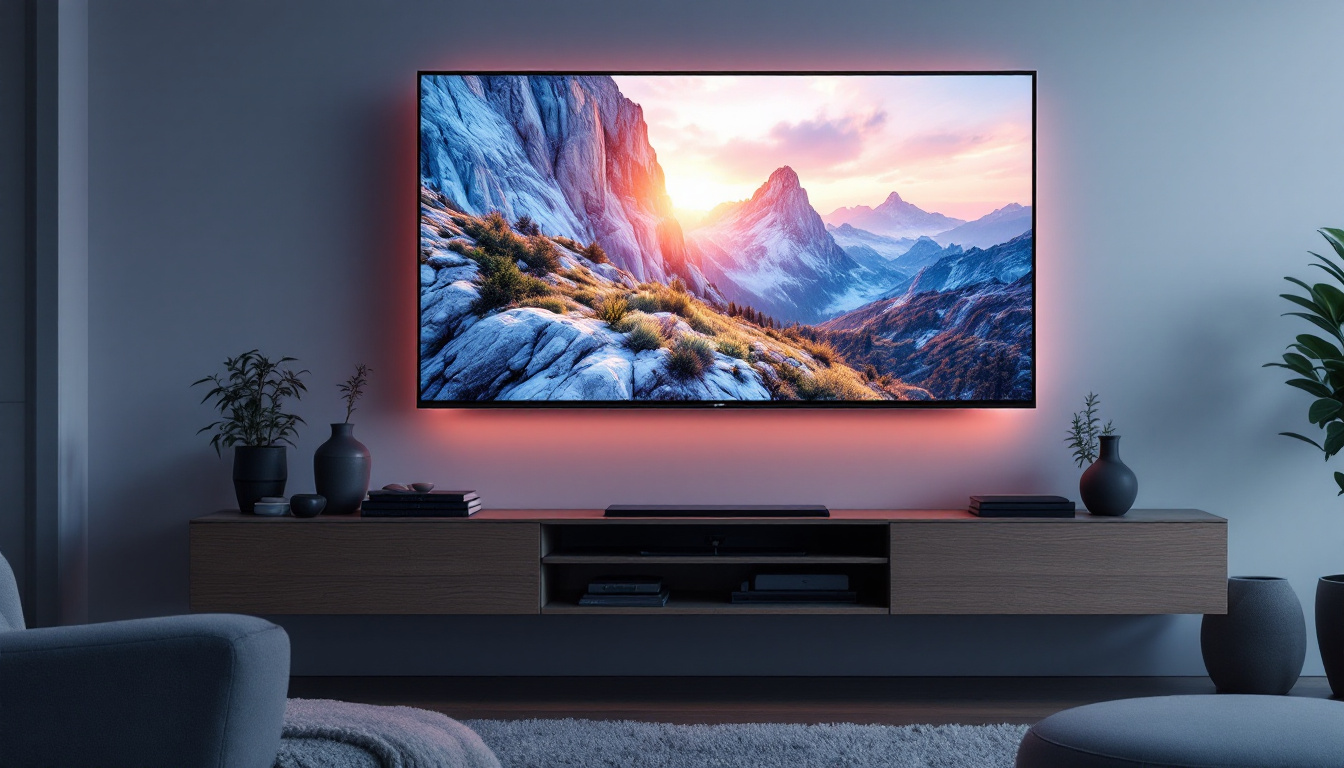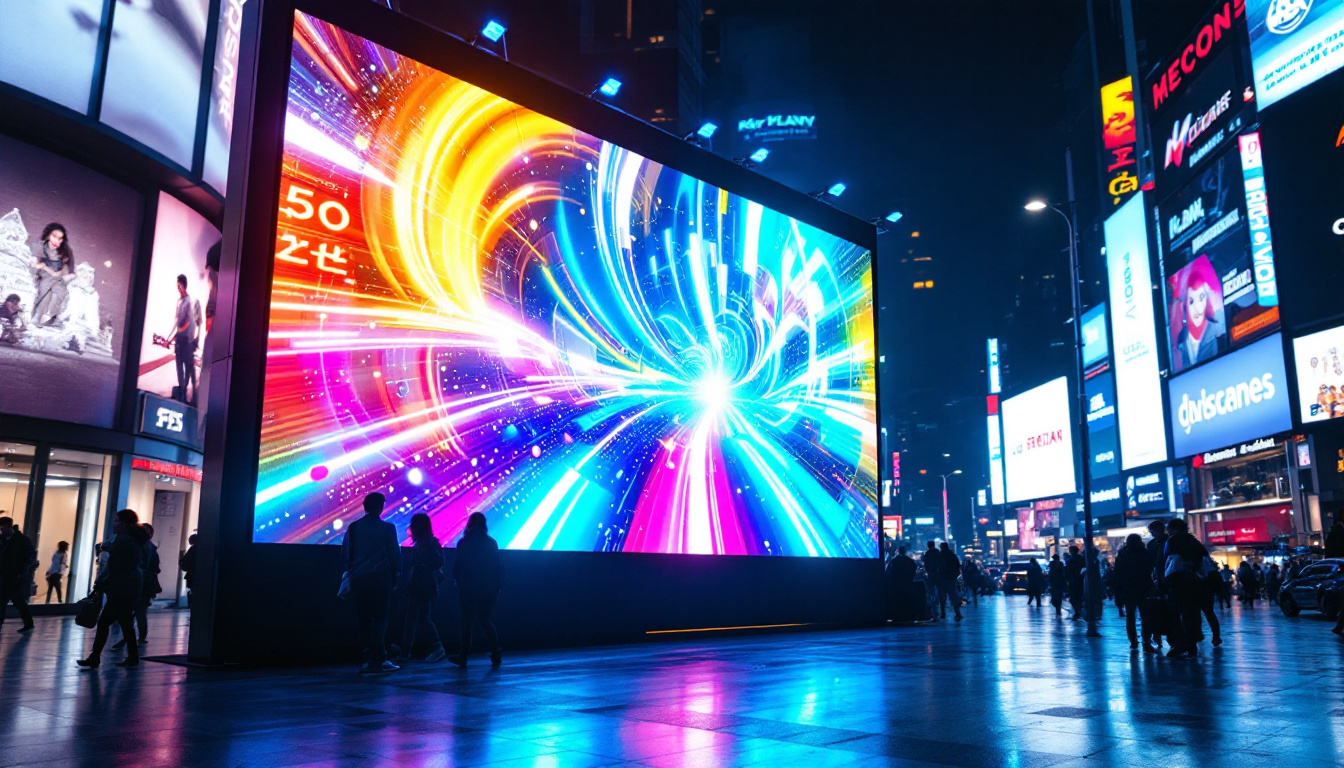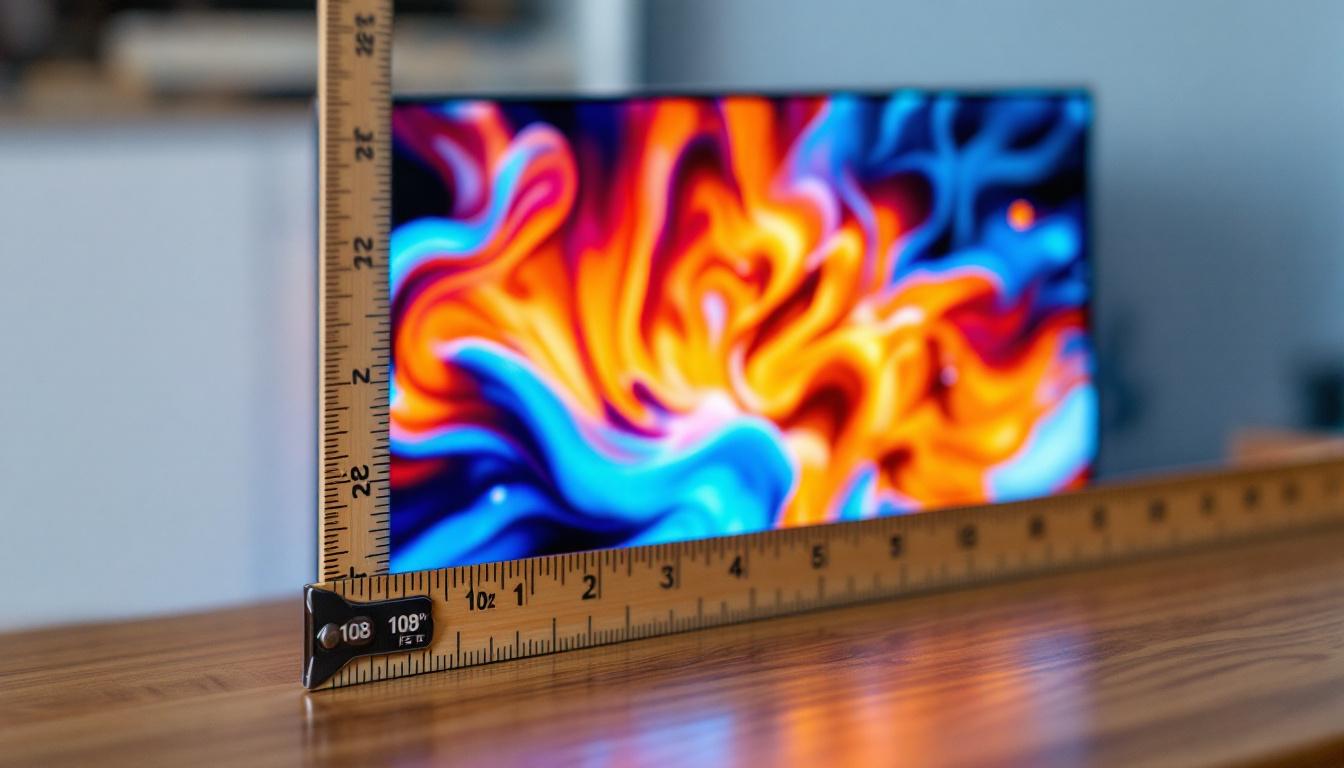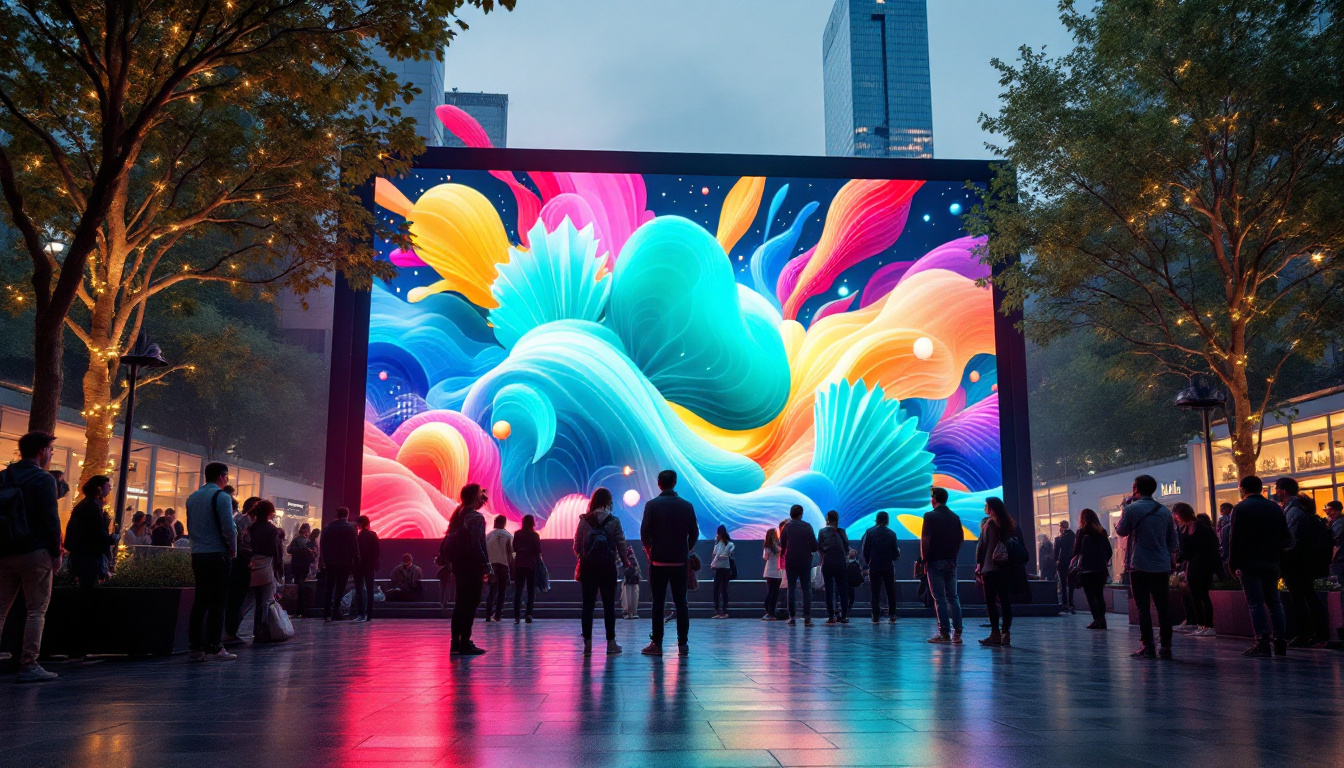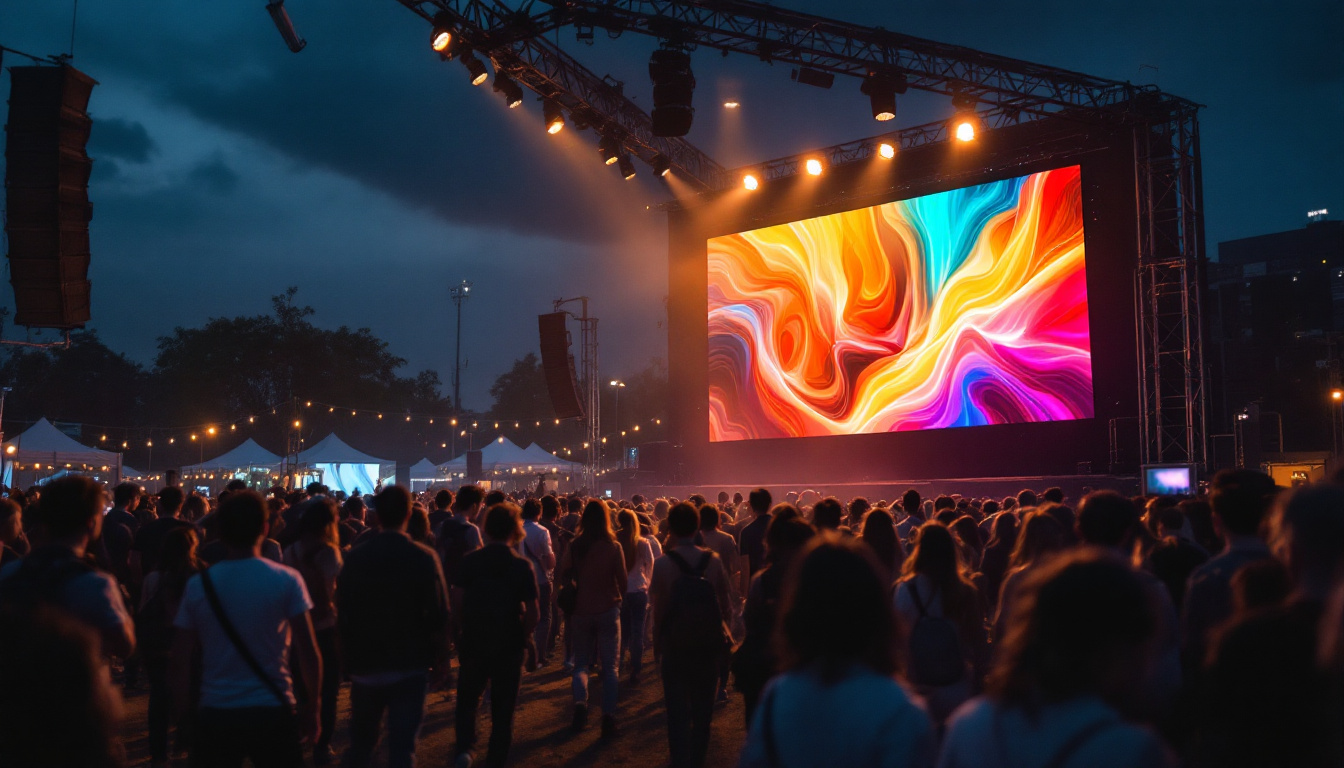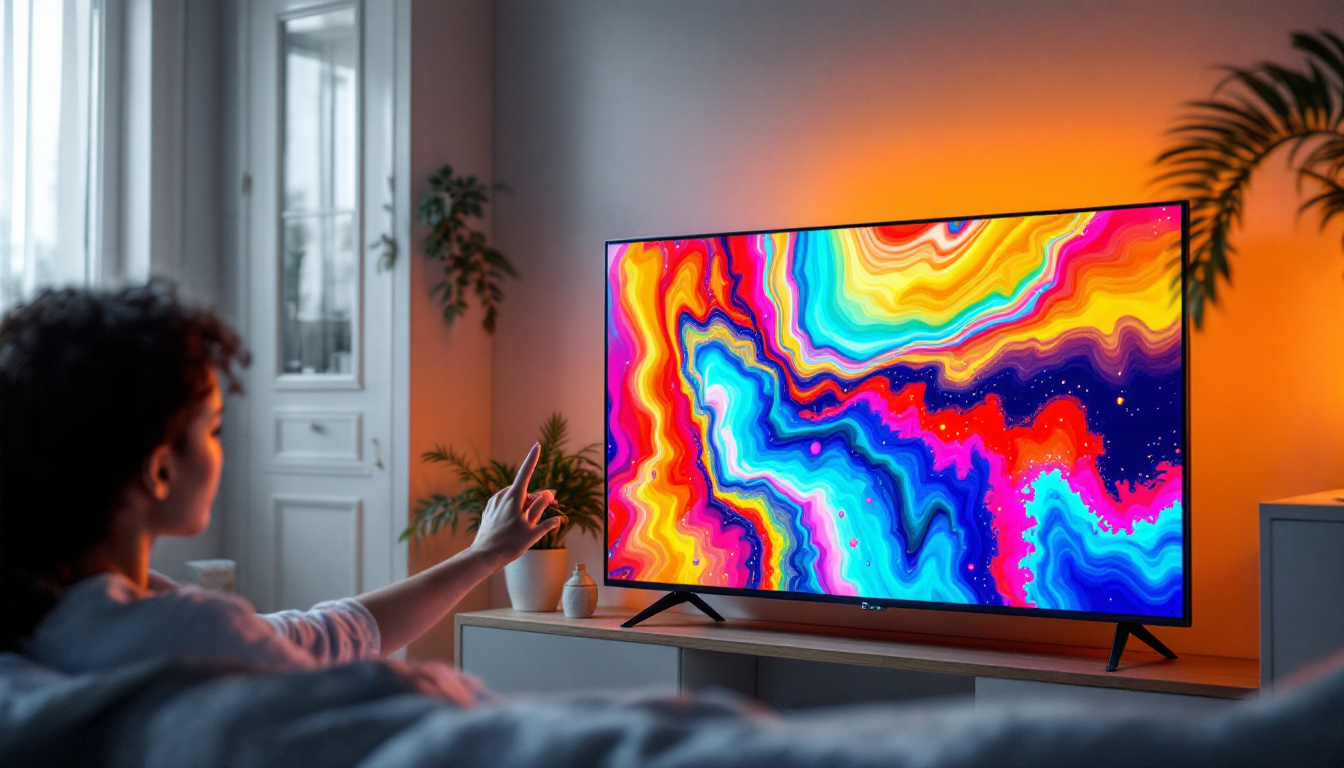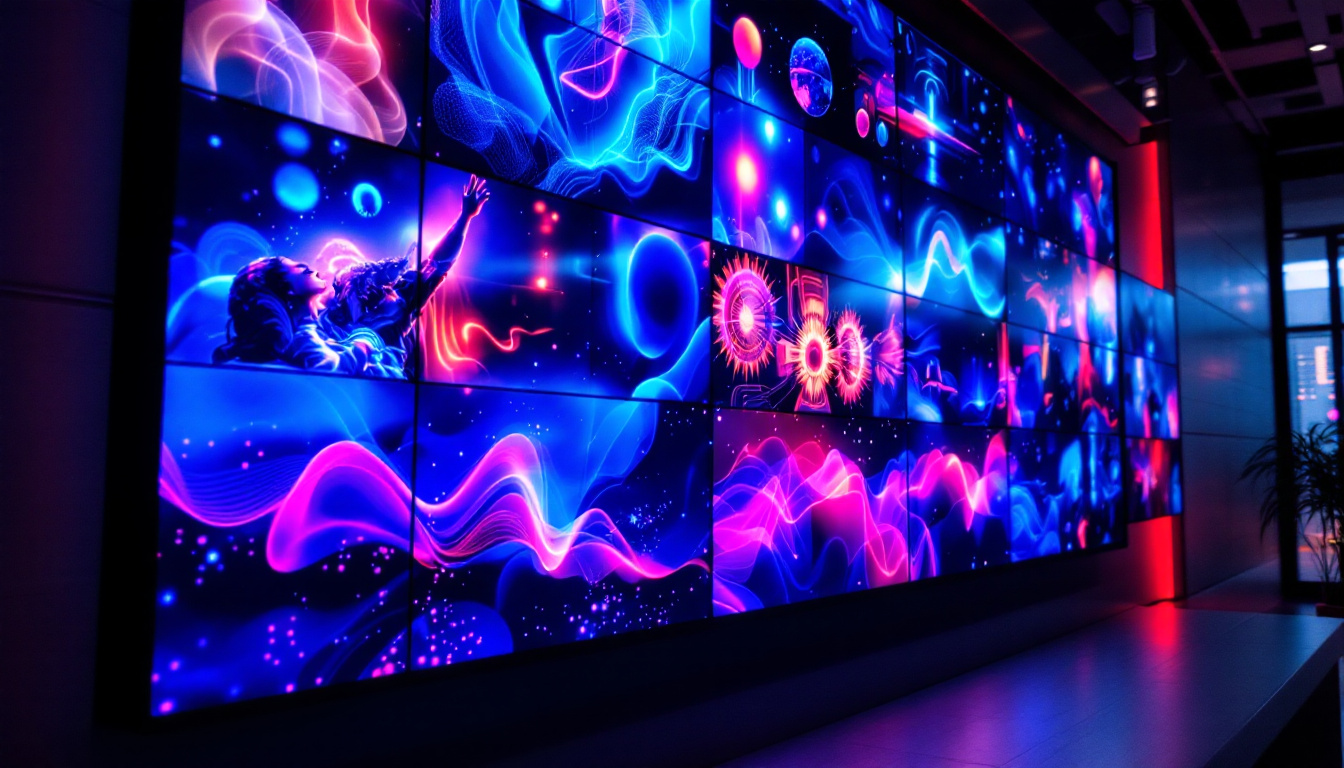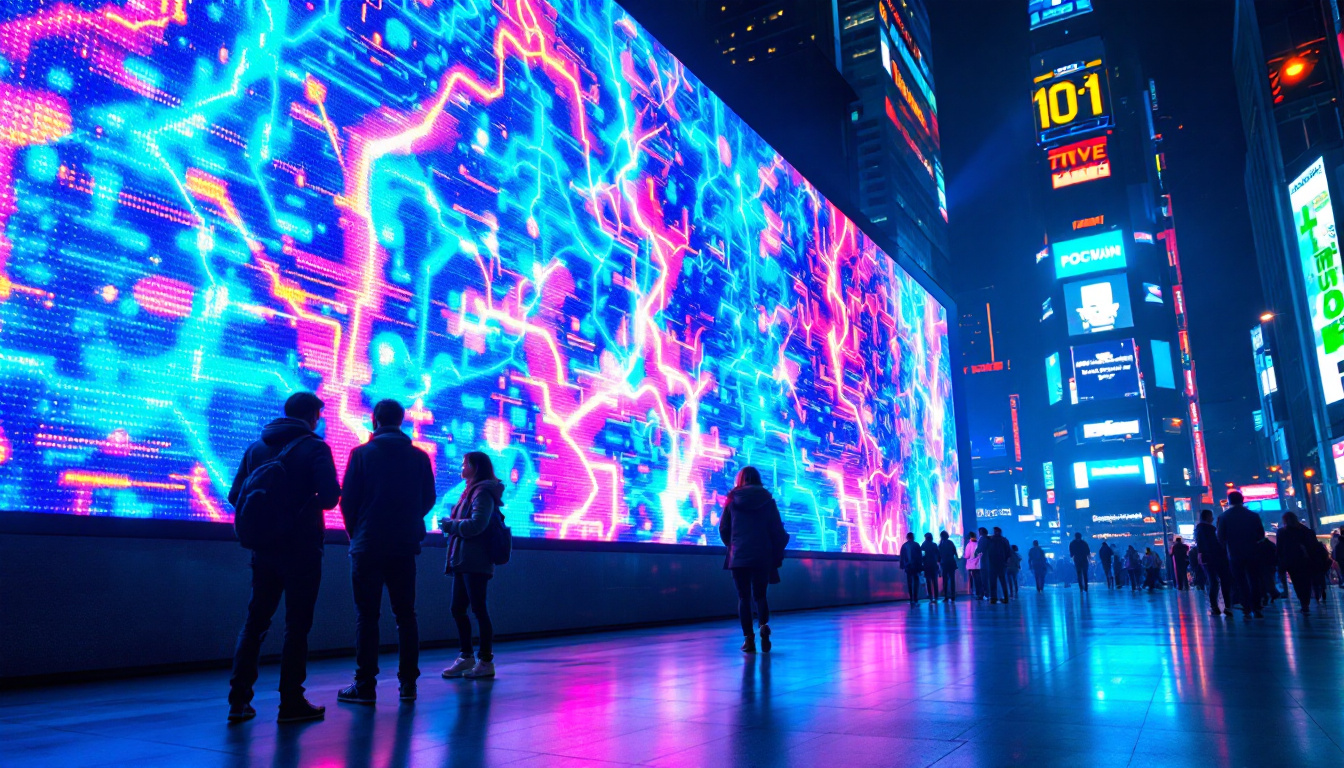The world of display technology has evolved significantly over the past few decades, leading to the development of various types of screens that enhance our viewing experience. Among these innovations, LED (Light Emitting Diode) displays have gained immense popularity due to their vibrant colors, energy efficiency, and versatility. This article delves into the specifics of LED displays, with a focus on the cyan screen, a unique aspect of this technology.
Understanding LED Technology
LED technology is at the forefront of modern display solutions, offering a range of advantages over traditional display methods such as LCD and CRT. At its core, an LED display utilizes semiconductor materials that emit light when an electric current passes through them. This fundamental principle underpins the creation of vivid images and colors on screens.
How LED Displays Work
LED displays consist of numerous tiny diodes that emit light in various colors. Each pixel on an LED screen is made up of red, green, and blue (RGB) diodes. By adjusting the intensity of these three colors, a wide spectrum of colors can be produced, allowing for the rich visuals that LED displays are known for.
The technology can be categorized into two main types: direct-lit and edge-lit. Direct-lit LED displays have LEDs positioned behind the screen, providing uniform lighting, while edge-lit displays have LEDs along the edges, which can lead to thinner designs but sometimes uneven brightness. Understanding these differences is crucial for consumers looking to choose the right display for their needs.
Advantages of LED Displays
One of the most significant advantages of LED displays is their energy efficiency. Compared to traditional display technologies, LEDs consume less power, which can lead to lower electricity bills and a reduced carbon footprint. Additionally, LED displays offer longer lifespans, often lasting tens of thousands of hours before needing replacement.
Another benefit is their ability to produce brighter images with higher contrast ratios. This feature makes LED displays particularly suitable for bright environments, such as offices and outdoor settings. The color accuracy and vibrancy of LED screens also enhance the viewing experience, making them ideal for everything from gaming to professional presentations.
Moreover, LED technology has evolved to include innovations such as organic LEDs (OLEDs) and microLEDs, which further enhance display quality. OLEDs, for example, are known for their ability to produce true blacks and a wider viewing angle due to their self-emissive nature, where each pixel generates its own light. This results in stunning visuals that are often sought after in high-end televisions and smartphones. MicroLEDs, on the other hand, promise even greater efficiency and flexibility, allowing for modular displays that can be customized to fit various sizes and shapes, catering to unique design needs in both commercial and residential settings.
In addition to their technical advantages, LED displays also contribute to a more sustainable future. As the demand for energy-efficient technology grows, manufacturers are increasingly focusing on reducing the environmental impact of production and disposal. Many LED displays are now designed with recyclable materials and energy-efficient manufacturing processes, making them a more responsible choice for consumers who are environmentally conscious. This shift not only benefits the planet but also aligns with the growing trend of eco-friendly consumerism, where individuals prioritize sustainable products in their purchasing decisions.
The Cyan Screen Phenomenon
Among the various colors produced by LED displays, cyan holds a special place. This color, a blend of blue and green, is often used in digital media and design due to its calming and refreshing qualities. The cyan screen phenomenon has gained attention in both artistic and technical contexts, prompting discussions about its implications and applications.
Color Theory and Cyan
Cyan is one of the primary colors in the subtractive color model, which is used in color printing and digital displays. In this model, cyan, magenta, and yellow are combined to create a wide range of colors. Understanding the role of cyan in color theory is essential for designers and artists who wish to utilize this color effectively in their work.
In digital displays, cyan is often used to create a sense of tranquility and balance. Its presence can evoke feelings of serenity and clarity, making it a popular choice in user interface design and branding. The strategic use of cyan can enhance the overall aesthetic of a digital product, fostering a positive user experience.
Applications of Cyan Screens
Cyan screens are increasingly being used in various applications, from digital art to advertising. In the realm of digital art, artists often employ cyan as a primary color to create visually striking compositions. The color’s ability to stand out against darker backgrounds makes it a favorite among graphic designers and illustrators.
In advertising, cyan is frequently used to draw attention to key messages or calls to action. Its bright and engaging nature can help capture the viewer’s interest, leading to higher engagement rates. Moreover, brands that incorporate cyan into their visual identity often convey a sense of innovation and modernity, appealing to a tech-savvy audience.
The Science Behind Cyan Display
The production of cyan on LED displays involves a complex interplay of light and color mixing. Understanding the science behind this process can provide insights into how displays achieve their vibrant hues and how users can optimize their viewing experience.
Color Mixing in LED Displays
As previously mentioned, LED displays use RGB color mixing to produce a wide range of colors, including cyan. When the blue and green diodes are activated simultaneously at specific intensities, they create the cyan color that is visible on the screen. This process is known as additive color mixing, where different colors of light are combined to create new colors.
The precision of this mixing is crucial for achieving accurate color representation. High-quality LED displays often feature advanced technologies that ensure consistent color output, reducing the likelihood of color distortion. This attention to detail is particularly important in professional settings, such as graphic design and video editing, where color accuracy is paramount.
Calibration and Optimization
To ensure that cyan and other colors are displayed accurately, calibration of LED displays is essential. Calibration involves adjusting the settings of the display to match a specific color standard, ensuring that the colors seen on the screen are true to life. This process can be performed using specialized tools and software, often by professionals in the field.
Users can also optimize their viewing experience by adjusting settings such as brightness, contrast, and color temperature. These adjustments can help enhance the vibrancy of cyan and other colors, making the display more visually appealing. For those who spend significant time in front of screens, such as gamers or graphic designers, these optimizations can lead to a more comfortable and enjoyable experience.
Challenges with Cyan Screens
While cyan screens and LED displays offer numerous advantages, they are not without challenges. Understanding these challenges can help users make informed decisions when selecting and using display technology.
Color Calibration Issues
One of the primary challenges with LED displays is maintaining consistent color calibration. Over time, factors such as aging components and environmental conditions can affect the accuracy of color representation. Users may notice shifts in color, including the cyan hue, which can impact their viewing experience.
Regular calibration is essential to mitigate these issues. For professional users, investing in calibration tools and software can be beneficial. However, casual users may find it challenging to maintain consistent color accuracy without the necessary knowledge or equipment.
Potential for Eye Strain
The bright, vibrant colors of LED displays, including cyan, can contribute to eye strain, especially during prolonged use. The blue light emitted by screens has been linked to digital eye strain, leading to discomfort and fatigue. Users may experience symptoms such as dryness, blurred vision, and headaches.
To combat these effects, it is advisable to take regular breaks, adjust screen brightness, and utilize blue light filters. These measures can help reduce eye strain and create a more comfortable viewing experience, allowing users to enjoy the benefits of LED displays without compromising their eye health.
The Future of LED Displays and Cyan Technology
As technology continues to advance, the future of LED displays, including cyan screens, looks promising. Innovations in display technology are likely to enhance color accuracy, energy efficiency, and overall performance, making these displays even more appealing to consumers and professionals alike.
Emerging Technologies
New developments in LED technology, such as MicroLED and MiniLED, are set to revolutionize the display landscape. These technologies offer improved color accuracy, higher brightness levels, and better contrast ratios, making them ideal for a wide range of applications. As these technologies become more mainstream, the capabilities of cyan screens and LED displays will expand significantly.
Additionally, advancements in quantum dot technology are enhancing the color gamut of LED displays, allowing for more vibrant and accurate color reproduction. This means that the cyan hues displayed on screens will become even more lifelike, enriching the viewing experience for users.
Integration with Smart Technology
The integration of LED displays with smart technology is another exciting trend. As homes and workplaces become increasingly connected, LED displays are likely to play a central role in smart environments. This integration can lead to more interactive and personalized experiences, allowing users to customize their displays to suit their preferences.
In this context, the use of cyan screens can be tailored to create specific moods or atmospheres, enhancing the overall ambiance of a space. Whether for entertainment, work, or relaxation, the ability to manipulate color and brightness will empower users to create their ideal environments.
Conclusion
In conclusion, LED displays, particularly those featuring cyan screens, represent a significant advancement in display technology. Their vibrant colors, energy efficiency, and versatility make them a popular choice for a wide range of applications. Understanding the science behind LED displays, the role of cyan in color theory, and the challenges associated with these screens can help users make informed decisions.
As technology continues to evolve, the future of LED displays promises even greater innovations, enhancing the way we interact with digital content. Whether for professional use or personal enjoyment, the potential of cyan screens and LED technology is boundless, paving the way for a more vibrant and engaging digital experience.
Discover the Future of Vibrant Displays with LumenMatrix
Ready to experience the pinnacle of LED display technology? LumenMatrix is at the forefront of innovation, offering an array of LED display solutions that bring your visual communications to life. From the tranquility of cyan screens to the dynamic range of customizable LED displays, our products are designed to captivate and engage. Elevate your brand’s visibility and create immersive visual experiences with our Indoor and Outdoor LED Wall Displays, Vehicle LED Displays, and more. Check out LumenMatrix LED Display Solutions today and transform the way you share your message with the world.

